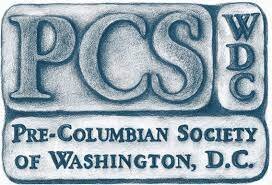Beyond Paleocoastal Colonization of the Americas: What Happened Next and Why it Matters, Torben Rick, National Museum of Natural History, Smithsonian Institution
This meeting will be held at the Charles Sumner School, 17th & M Streets, N.W., Washington, D.C.
NOTE: Photo ID may be required to enter the building.
The meeting will start with refreshments at 6:45 pm and the lecture will begin at 7:15 pm.
Interest in the initial colonization of North America is at an all-time high, fueled by new archaeological discoveries and genetics. Still questions about when people first came to the Americas and what routes they followed (terrestrial vs. coastal) are hotly contested. Lost in the shuffle is an equally important question about what happened next? How did people transform the North American continent and what can the Early and Middle Holocene archaeological record tell us about changes to a continent newly populated with people? This talk explores these and other questions through recent archaeological research on California’s Channel Islands and Santa Barbara Coast.
Torben Rick is Curator of Human Environmental Interactions and North American Archaeology at the Smithsonian’s National Museum of Natural History. Rick’s research focuses on archaeology and historical ecology, particularly in coastal regions. He has active field projects on California’s Channel Islands and the Chesapeake Bay, which are collaborative with researchers from a variety of disciplines (anthropology, biology, ecology, etc.) and explore ancient and modern human environmental interactions. Much of Rick’s research emphasizes the zooarchaeology of marine and terrestrial organisms.
Torben is a member of the Social Science Coordinating Committee for the United States Global Change Research Program and a member of the Society for American Archaeology’s Committee on Climate Change. He sits on the editorial board for American Antiquity, Journal of Ethnobiology, Journal of Island and Coastal Archaeology,Anthropocene, Advances in Archaeological Practice, and California Archaeology. He was co-editor of the Journal of Island and Coastal Archaeology from 2012-2017.

